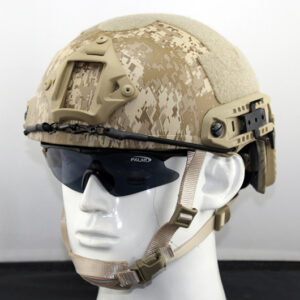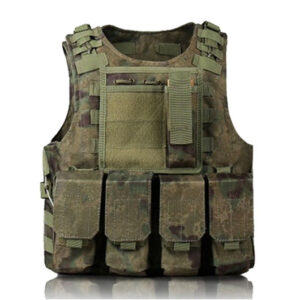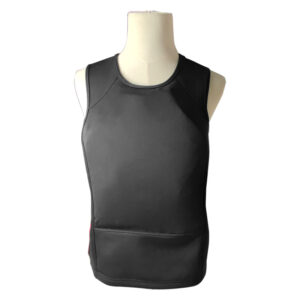In high-risk environments where head protection is paramount, bulletproof helmets have emerged as a crucial component of personal safety gear. Designed to provide advanced protection against ballistic threats, these helmets serve as a critical defense mechanism for military and law enforcement personnel. This article delves into the advantages of bulletproof helmets, highlighting their importance in safeguarding lives and reducing the risk of head injuries in hazardous situations.
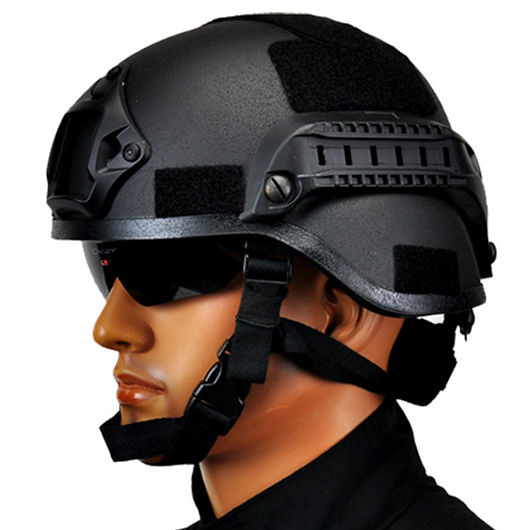
Protection against Ballistic Threats:
Bulletproof helmets are specifically engineered to offer exceptional protection against ballistic threats, including firearm projectiles and shrapnel. Constructed using advanced materials such as aramid fibers and composite ceramics, these helmets are capable of withstanding and dispersing the impact energy of incoming projectiles, significantly reducing the risk of head injuries.
Comprehensive Head Coverage:
Bulletproof helmets provide comprehensive coverage to vital areas of the head, including the skull, face, and neck. This extensive protection safeguards against direct hits, deflections, and fragmentation, ensuring the wearer’s safety and minimizing potential trauma.
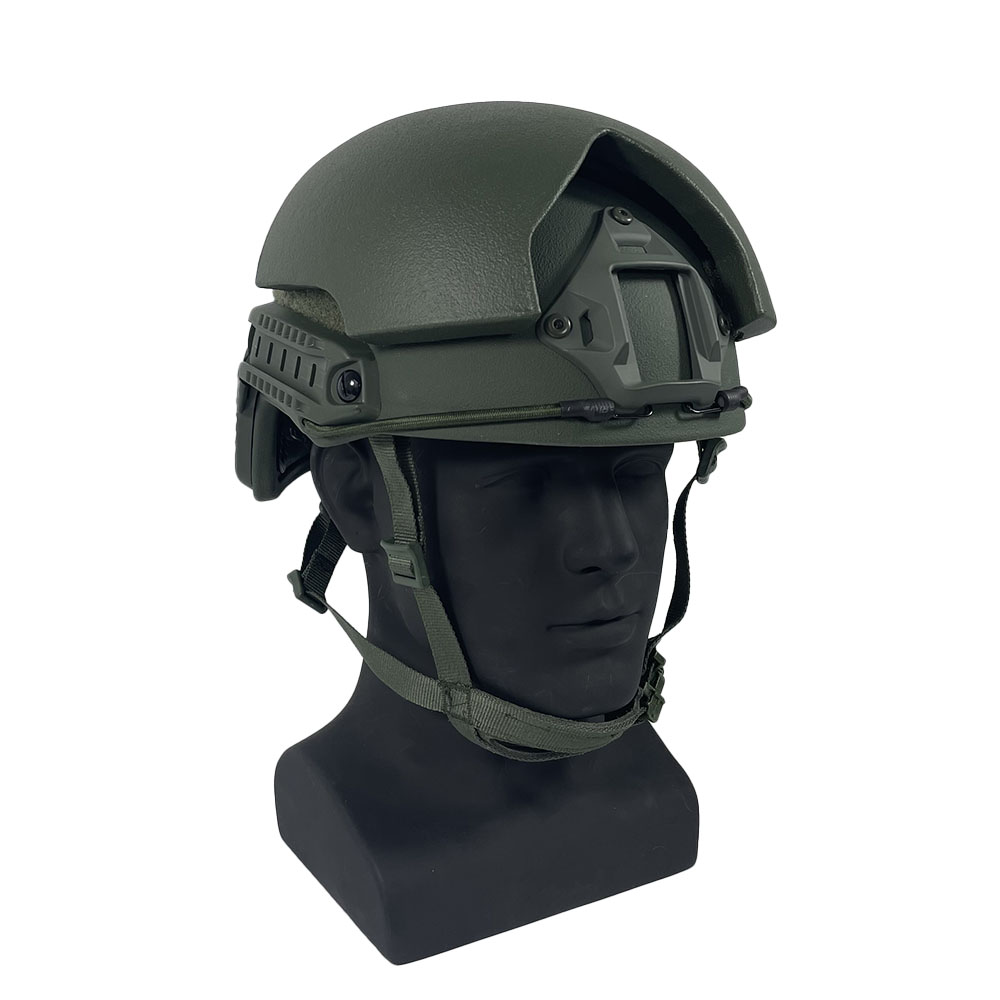
Enhanced Ballistic Resistance:
With their advanced materials and design, bulletproof helmets provide enhanced ballistic resistance compared to traditional helmets. They can withstand higher velocities and offer increased stopping power, providing a crucial advantage in hostile environments where firearm attacks are a constant threat.
Fragmentation and Blast Protection:
Bulletproof helmets are not solely designed to defend against ballistic threats but also offer protection against fragmentation and explosive blasts. They are equipped with features such as visors and specially designed liners that help minimize the impact of shrapnel and shockwaves, reducing the risk of traumatic brain injuries.
Integration of Additional Equipment:
Modern bulletproof helmets are designed to accommodate various accessories and equipment, such as communication devices, night vision goggles, and helmet-mounted displays. This integration ensures seamless functionality and improved operational effectiveness for military and law enforcement personnel.
Psychological Confidence:
The presence of a bulletproof helmet instills confidence in wearers, knowing that they are equipped with superior head protection. This psychological advantage enhances situational awareness, decision-making, and overall performance, allowing individuals to focus on their duties without constant fear or distraction.
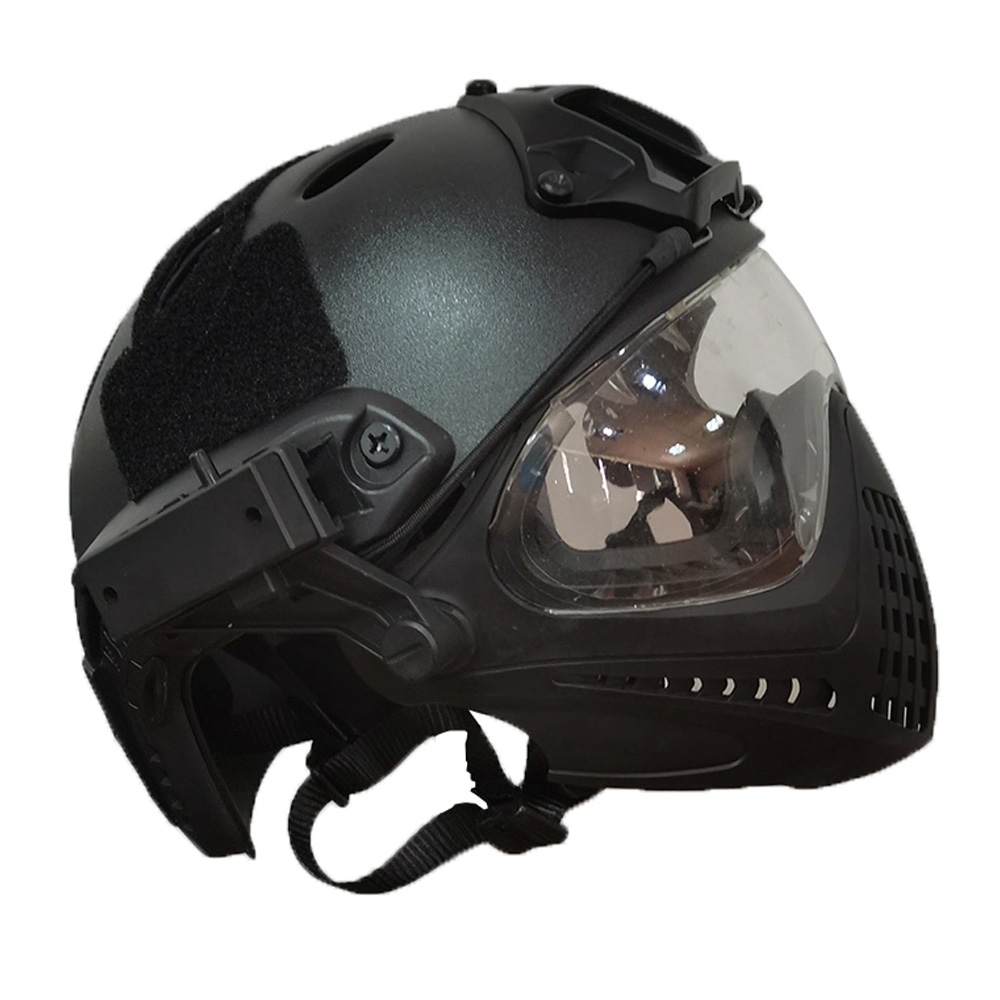
Conclusion:
Bulletproof helmets play a critical role in ensuring the safety and well-being of military and law enforcement personnel. With their advanced ballistic protection, comprehensive head coverage, and ability to withstand high-velocity impacts, these helmets provide a crucial layer of defense against ballistic threats, fragmentation, and explosive blasts. By offering enhanced safety and instilling confidence, bulletproof helmets significantly reduce the risk of head injuries, safeguarding lives in dangerous and hostile environments. As we prioritize the protection of those who serve, the significance of bulletproof helmets in personal safety cannot be overstated.
